Problem two: Dry bed
oceanna
14 years ago
Related Stories

DECORATING GUIDES5 Pet Problems Solved by Design
Design-Friendly Ideas for Pet Beds, Bowls, Doors — and yes, the Litter Box
Full Story
LANDSCAPE DESIGNDitch the Ordinary Ditch: Create a Realistic Dry Creek Bed
Here’s how to turn your water runoff system into an eye-catching accent for your landscape
Full Story
REMODELING GUIDESThe Hidden Problems in Old Houses
Before snatching up an old home, get to know what you’re in for by understanding the potential horrors that lurk below the surface
Full Story
GARDENING GUIDESSolve 3 Common Landscape Problems — With More Plants
Sometimes the best defense is a good offense
Full Story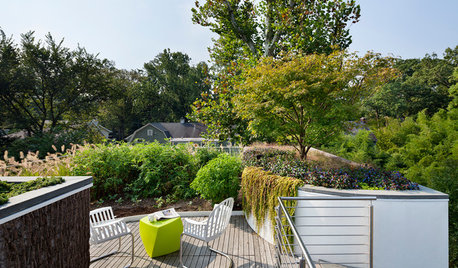
LANDSCAPE DESIGNProblem Solving With the Pros: Sustainable Landscape Captures Runoff
An underground cistern, permeable paving and a rain garden are part of this Washington, D.C. yard's thoughtful design
Full Story
HOUSEKEEPING10 Problems Your House May Be Trying to Show You
Ignore some of these signs and you may end up with major issues. We tell you which are normal and which are cause for concern
Full Story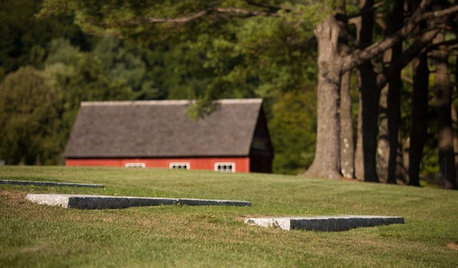
LANDSCAPE DESIGNProblem Solving With the Pros: Rustic Simplicity in a Country Garden
Editing thoughtfully and adding some magic result in a timeless weekend retreat
Full Story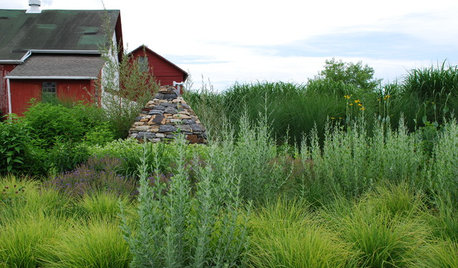
LANDSCAPE DESIGNProblem Solving With the Pros: An Abundant Garden Stretches Its Means
Swaths of resilient, eye-catching plants thrive with little care or resources in the landscape of a Pennsylvania farmhouse
Full Story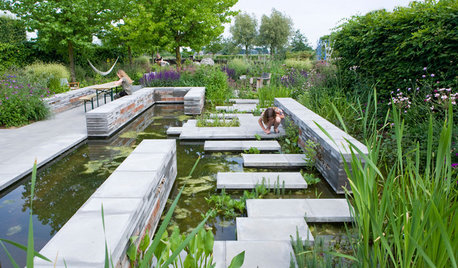
LANDSCAPE DESIGNProblem Solving With the Pros: A Garden Built From Scratch
Nature is reintroduced and redefined in a Dutch urban setting, to forge a dynamic relationship with city dwellers
Full Story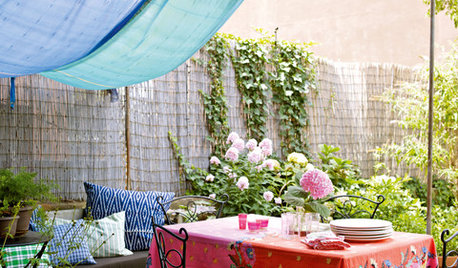
VALENTINE’S DAY5 Relationship Problems Solved by Design
Everyday issues driving you and your special someone apart? These design solutions can help mend your together time
Full StorySponsored



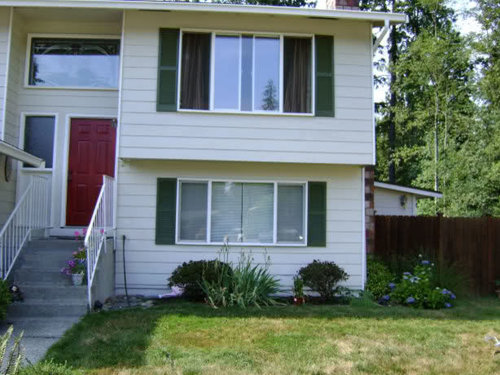
token28001
oceannaOriginal Author
Related Discussions
Is there really a problem if you don't dry potatoes out?
Q
Dry dry Lasagne Bed
Q
Two Japanese Maples - two problems
Q
Paint Drying Problem
Q
christinmk z5b eastern WA
Nell Jean
oceannaOriginal Author
stage_rat
girlgroupgirl
gldno1
plantmaven
token28001
natal
christinmk z5b eastern WA
oceannaOriginal Author
plantmaven
stage_rat
oceannaOriginal Author
plantmaven
cyn427 (z. 7, N. VA)
oceannaOriginal Author
stage_rat
plantmaven
plantmaven
Pat z6 MI
Nell Jean
oceannaOriginal Author